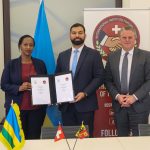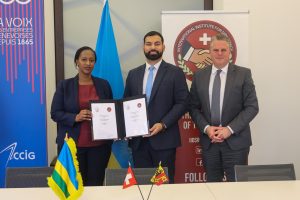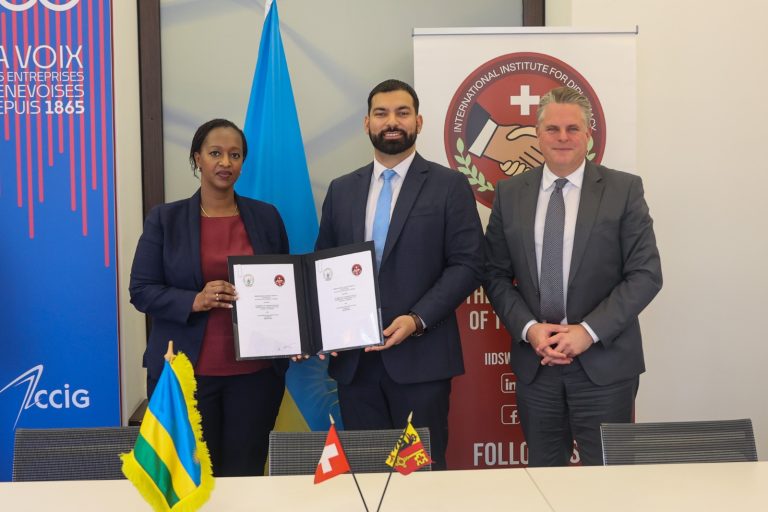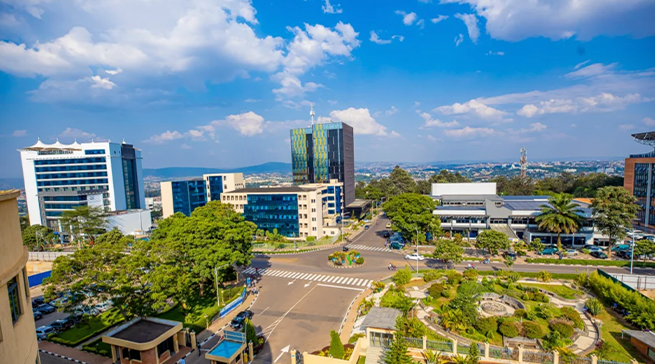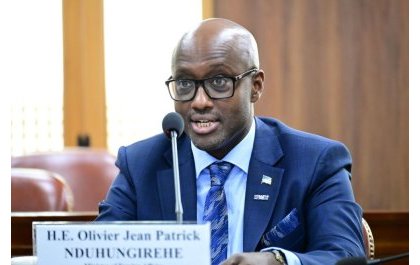President Paul Kagame has underscored Rwanda’s ambitions to expand the use of Zipline drones beyond healthcare delivery into urban commerce, enabling residents to receive goods more efficiently and supporting technology-driven business growth.
Speaking on September 5, 2025, at the 9th Aviation Africa Summit and Exhibition in Kigali, President Kagame praised the organizers for bringing the event to Rwanda, emphasizing aviation’s critical role in socio-economic development.
Reflecting on Zipline Rwanda’s achievements, Kagame noted that nearly 10 years after the company began operations in October 2016, its impact is undeniable. Initially focused on delivering blood products, Zipline has since grown into a vital medical logistics partner. By November 2024, it was serving 654 health facilities, including over 100 small clinics, supplying blood, medicines, vaccines, and other essential products. Today, about 35% of its deliveries consist of livestock vaccines and artificial insemination doses.
Zipline drones currently fly up to 160 kilometers at speeds of 130 km/h, with the longest route—between Muhanga and Mibilizi District Hospital in Rusizi—taking less than 40 minutes. With over 500 established flight corridors and drop sites, Zipline has become an integral part of Rwanda’s logistics system.
“This technology has not only reduced delivery times but has also saved lives,” Kagame said. “We are now exploring how to adapt it for urban areas to support e-commerce and digital trade.”
The President also highlighted Rwanda’s recent unveiling of passenger drones, known as eVTOLs, manufactured by Chinese company EHang. Powered entirely by electricity, these drones can carry two passengers or more than 620 kilograms of cargo, fly up to 30 kilometers, and stay airborne for 25 minutes. Kagame noted that Rwandans are proud to play a pioneering role in introducing passenger drone technology.
Looking at the continent as a whole, Kagame stressed that Africa must make bold investments in air transport to unlock economic potential. With Africa’s growing population and tourism industry, he said air travel demand will nearly double—from 180 million passengers today to over 411 million by 2044.
“In the coming years, Africa’s air travelers will almost double,” Kagame said. “The continent is working hard to liberalize its skies through different initiatives, and the African Continental Free Trade Area (AfCFTA) will also boost economic growth. Rwanda remains committed to advancing policies that strengthen these efforts. For example, we have removed visa requirements for all Africans.”
He emphasized that expanding women’s participation in aviation, creating jobs, and fostering innovation are central to Rwanda’s vision. Kagame also acknowledged challenges such as high operational costs and limited infrastructure, which make air transport more expensive in Africa compared to other regions.
“Air travel should not be a luxury for the wealthy,” he said. “We need stronger collaboration with institutions like the African Union (AU) and the Agency for Aerial Navigation Safety in Africa and Madagascar (ASECNA) to realize the vision of a single African sky and inclusive air mobility.”
Kagame further welcomed over 1,600 delegates to Kigali, expressing confidence that the summit would help build the Africa Africans aspire to.
ASECNA Director General Prosper Zo’o Minto’o echoed Kagame’s call, stressing the need for more investment in equipment, airports, and human capacity to keep pace with new technologies. He noted Africa’s tourism sector is underperforming—at only 50% of its potential—partly because air travel remains costly and inefficient.
“It should not take three days to travel from Dakar to Kigali,” Zo’o Minto’o said, calling for faster, more affordable connections.
Rwanda’s leadership in drone technology has already inspired replication in Nigeria, Ghana, Côte d’Ivoire, Kenya, Japan, Europe, and U.S. states like Arkansas and Utah. Rwandans have been instrumental in building new Zipline sites abroad, with more than five Rwandans currently helping set up U.S. facilities.
Zipline is also investing in research to extend drone battery life and, by 2026, plans to introduce next-generation drones specifically designed for urban deliveries.
Author: Justinmind HARERIMANA

